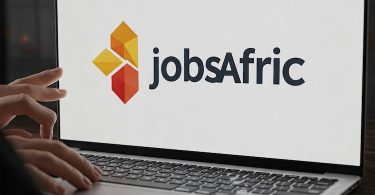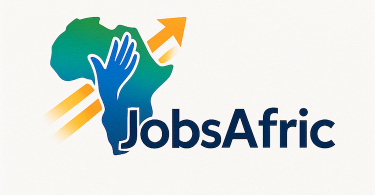As we step into 2025, the dynamics of the modern workplace are evolving faster than ever. Hybrid models, changing expectations, and a growing emphasis on work life balance are redefining how companies engage with their workforce. One of the biggest challenges organizations face today is employee retention. The cost of losing great talent goes beyond just finances it affects team morale, productivity, and your company’s long term reputation.
While traditional perks like competitive salaries and health insurance remain important, they’re no longer enough on their own. To keep top talent engaged and loyal, businesses must think beyond the basics. Here are five creative and practical ways to improve employee retention in 2025:
1. Design Individualized Career Growth Maps
One size fits all career paths are becoming obsolete. Today’s employees want roles that not only challenge them but also support their personal goals and aspirations. In 2025, forward thinking companies are turning to custom career mapping as a retention strategy.
Instead of offering general promotions or rigid job ladders, organizations can work with employees to develop personalized growth plans. These may include:
-
Skills they want to master
-
Projects they wish to lead
-
Lateral moves into other departments
-
Leadership development opportunities
Regularly updating these growth maps through quarterly or biannual conversations helps align the employee’s vision with the company’s evolving needs.
Why it works: Employees feel seen and supported in their ambitions, which fosters loyalty and reduces the likelihood of them seeking opportunities elsewhere.
2. Create Internal “Talent Marketplaces”
Think of this as a company’s own internal gig economy. Rather than only assigning work based on job titles or departments, allow employees to volunteer for short term projects across the organization.
Let’s say a content writer wants to try their hand at branding or product development. Instead of leaving the company to gain that experience, they can explore it internally. Managers can post project based opportunities on an internal portal, and employees can opt in based on their interests and availability.
Benefits include:
-
Skill diversity and cross functional learning
-
Better employee engagement through autonomy
-
More innovative outcomes from blended teams
Why it works: Employees crave variety and purpose. An internal talent marketplace satisfies curiosity while offering meaningful work without jumping ship.
3. Offer “Flex Time Sabbaticals” Instead of Burnout
Extended leaves have traditionally been reserved for senior roles or after long years of service. But in 2025, companies are flipping that model by reimagining sabbaticals as part of a proactive well being strategy.
Instead of waiting for burnout or high turnover to occur, offer short flex time sabbaticals every few years perhaps 4–6 weeks where employees can rest, travel, upskill, or simply disconnect. These can be built into employment milestones, such as every three years of service.
Some companies even allow employees to “bank” unused vacation time or allocate a percentage of their salary each year toward funding their future sabbatical.
Why it works: Employees return refreshed, grateful, and more committed to the organization, knowing their well being is genuinely valued.
4. Transform Feedback Into Real Time Coaching
The traditional annual performance review is dying a slow death. Today’s employees crave frequent, forward looking feedback, not just backward evaluations.
In 2025, companies can improve retention by transforming feedback into real time coaching experiences. Managers can use check in tools, voice notes, or casual walk and talks to offer feedback weekly or even on the spot. More importantly, feedback should focus on growth and opportunity, not just performance metrics.
Introduce peer to peer coaching pods, reverse mentorship programs, or AI driven feedback assistants to help employees build emotional intelligence and leadership skills.
Why it works: Frequent, constructive feedback helps employees feel recognized, supported, and motivated to improve, rather than blindsided during annual reviews.
5. Recognize the “Whole Human” at Work
Today’s workforce values authenticity. In 2025, companies that invest in human centered leadership will stand out. This means embracing employees not just as workers, but as people with families, passions, struggles, and identities.
Here’s how you can put this into action:
-
Create wellness stipends that can be used for therapy, meditation apps, pet care, or creative hobbies
-
Celebrate personal milestones (birthdays, anniversaries, family wins) with sincerity
-
Host “passion project showcases” where employees share what they’re working on outside of work
-
Encourage mental health days without stigma
Even allowing for more life friendly schedulinglike no meeting Fridays or school pickup flexibility goes a long way.
Why it works: When people feel they don’t have to hide who they are, they are more likely to stay and grow with a company that honors them fully.
Employee retention in 2025 isn’t about chasing the latest trend or copying what big tech firms are doing. It’s about building a culture of belonging, growth, and trust. Companies that go beyond surface level perks and instead focus on meaningful employee experiences will not only retain talent they’ll inspire it.
These five creative strategies custom growth plans, internal gigs, proactive sabbaticals, real time coaching, and human centered leadership represent the future of workforce engagement. While they require some investment, the payoff is a more resilient, loyal, and high performing team.
If you’re serious about reducing turnover and keeping your best people, now’s the time to get creative and lead with empathy.





Leave a Comment